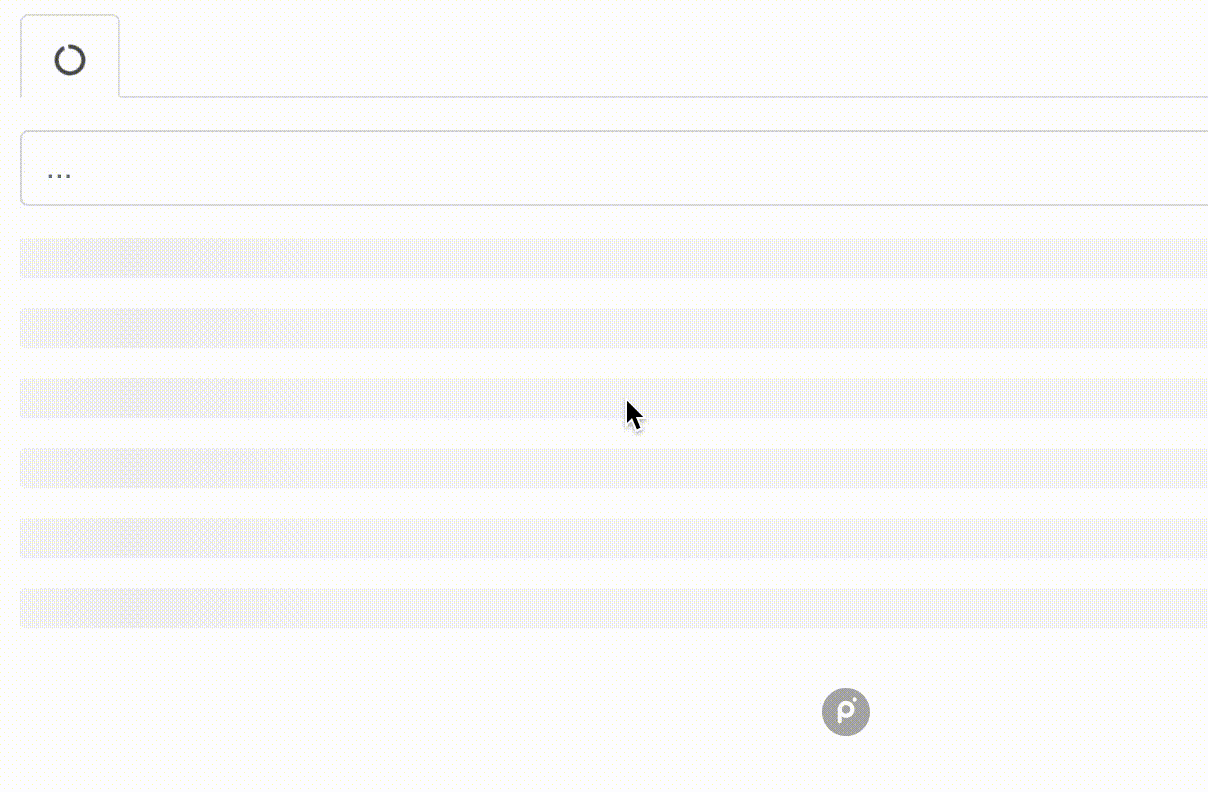Slot Scope Props Vue
| pageClass | sidebarDepth | title | description |
|---|---|---|---|
0 | disallow deprecated `slot-scope` attribute (in Vue.js 2.6.0+) |

disallow deprecated slot-scope attribute (in Vue.js 2.6.0+)
⚙️ This rule is included in all of'plugin:vue/vue3-essential','plugin:vue/vue3-strongly-recommended'and'plugin:vue/vue3-recommended'.🔧 The--fixoption on the command line can automatically fix some of the problems reported by this rule.
📖 Rule Details
Slot Scope Props Vueling
This rule reports deprecated slot-scope attribute in Vue.js v2.6.0+.


📚 Further Reading

🔍 Implementation
Slot Scope Props Vue For Sale
- It’s included in the setupScope slot。 At the same time, the two scopes can be considered to have parent-child relationship, which is used in the first code segmentcurrent-userThe module’s page or the module’s Vue scope is calledcurrent-userThe parent scope of the Vue scope of the module. Further, we can divide the goals into two.
- The slots syntax has been changed in Vue 2.6, the following examples use the new v-slot syntax instead of the deprecated slot-scope, but it is still supported and you can use it. However v-slot have different semantics, consult the Vue docs for more information.
Receive exposed props in the parent component using slot-scope attribute. To receive the props in the parent component we declare a template element and use slot-scope attribute. The attribute has access to the object carrying all props exposed from the child component. However v-slot have different semantics, consult the Vue docs for more information. Using the ValidationProvider offers isolated scope for each field validation state, and does not inject/mutate anything outside its slot. You can import it and use whenever you need it.